Flying more than 15 billion miles away from Earth, Voyager 1 is the first human-made object to navigate interstellar space. Speeding away at a velocity of about 38,000 mph relative to the Sun, Voyager 1 is currently the most distant human object. It is a technological marvel that has been whizzing around the planetary orbits for nearly 50 years, sending useful information. However, in November 2023, the 46-year-old spacecraft got stuck in a loop and started sending uncanny signals in the form of gibberish, unreadable data. After months of coding and decoding, NASA reported in April 2024, that it had started sending readable data again for the first time after the error.
“Today was a great day for Voyager 1,” said Linda Spilker, Voyager project scientist at JPL, as per CNN. “We’re back in communication with the spacecraft. And we look forward to getting science data back.” Call it a stroke of serendipity or the labor of engineers, that Voyager is now racing into interstellar space, far beyond the orbit of Pluto. The issue in question was fixed after a series of trials and errors that engineers did, after finding out that the mystery of the glitch lay in a single chip embedded in the spacecraft’s memory.
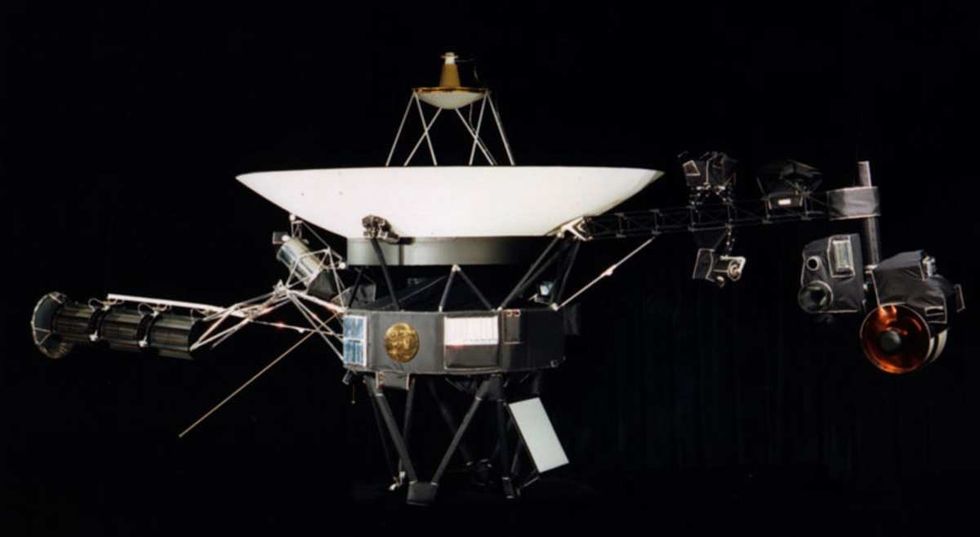
When the glitch was discovered for the first time, the engineers could tell from the mission controllers that Voyager was still receiving their commands and operating normally, but the gibberish data kept coming. In March 2024, the engineers announced that the fault was stemming from one of the three onboard computers, called the flight data subsystem (FDS). The FDS is responsible for packaging the science and engineering data before it is sent to Earth in a binary code format.
Scouring through the subsystem, the team dug out the root cause of the glitch – a single chip located in FDS memory. They figured that the chip was corrupted and unrepairable. So, they planned to place the affected code elsewhere in the FDS memory. But the location had to be large enough to hold this code, and there wasn’t any such location they could think of.
So they did something out of the box. They divided the code into little-little segments and stored each segment in a different portion of the FDS. After this procedure, they also needed to adjust and organize all these code segments so they could function as a whole. Plus, any references to the previous location of this code needed to be updated in all the systems.
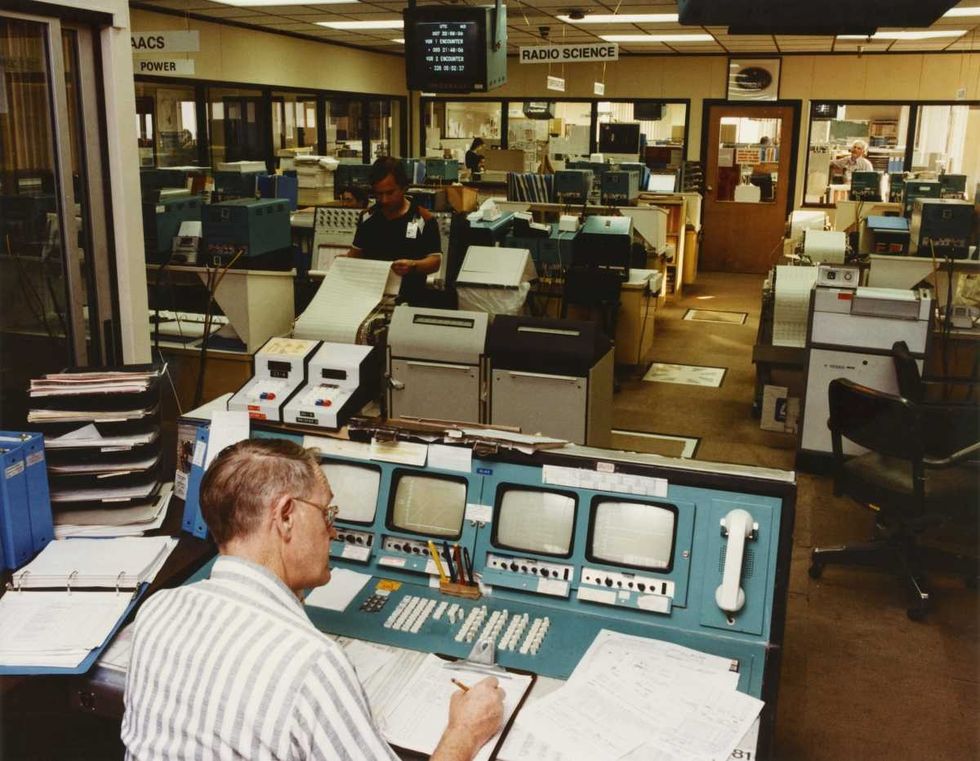
Upon implementing this procedure, the team informed in April 2024, that they had transferred the code to its new location in the FDS memory. After this, all they had to do was wait for some time. A radio signal takes about 22½ hours to reach Voyager 1, and another 22½ hours for a signal to come back to Earth. Their wait proved to be fruitful, as on April 20, the mission flight team reported receiving a readable signal from the spacecraft. Their command had worked. The team also promised to fix the other portions of FDS memory so the system could work even more efficiently.
Launched in the summer of 1977, Voyager 1, with its twin Voyager 2, was designed to explore and receive information about Saturn and Jupiter, Saturn’s rings, and the moons of both planets. Provisioned with Deep Space Network (DSN), a global spacecraft tracking system, the probe was expected to return valuable data, which it did, for decades, using its highly sophisticated communication systems. The craft is equipped with instruments to conduct 10 different experiments.
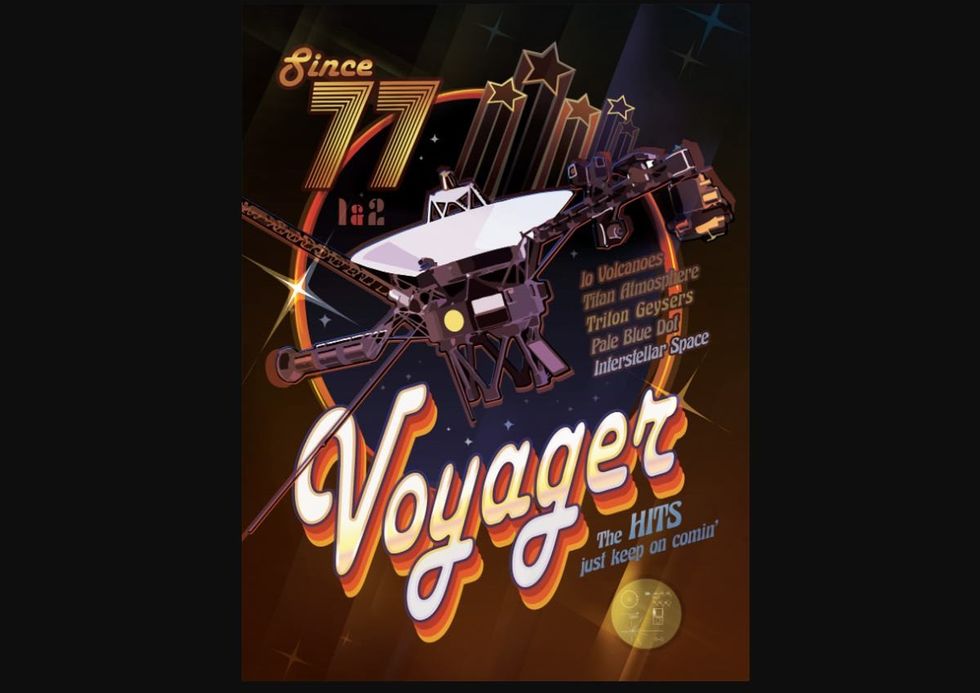
The instruments include television cameras, infrared and ultraviolet sensors, magnetometers, plasma detectors, and cosmic-ray, radio, and charged-particle sensors, not to forget the sentiment-filled Golden Record. The intelligent spacecraft is further equipped with a feature called “radioisotope thermoelectric generators (RTGs),” which converts the heat produced from the natural radioactive decay of plutonium into electricity to power the spacecraft instruments, computers, radio, and other systems.
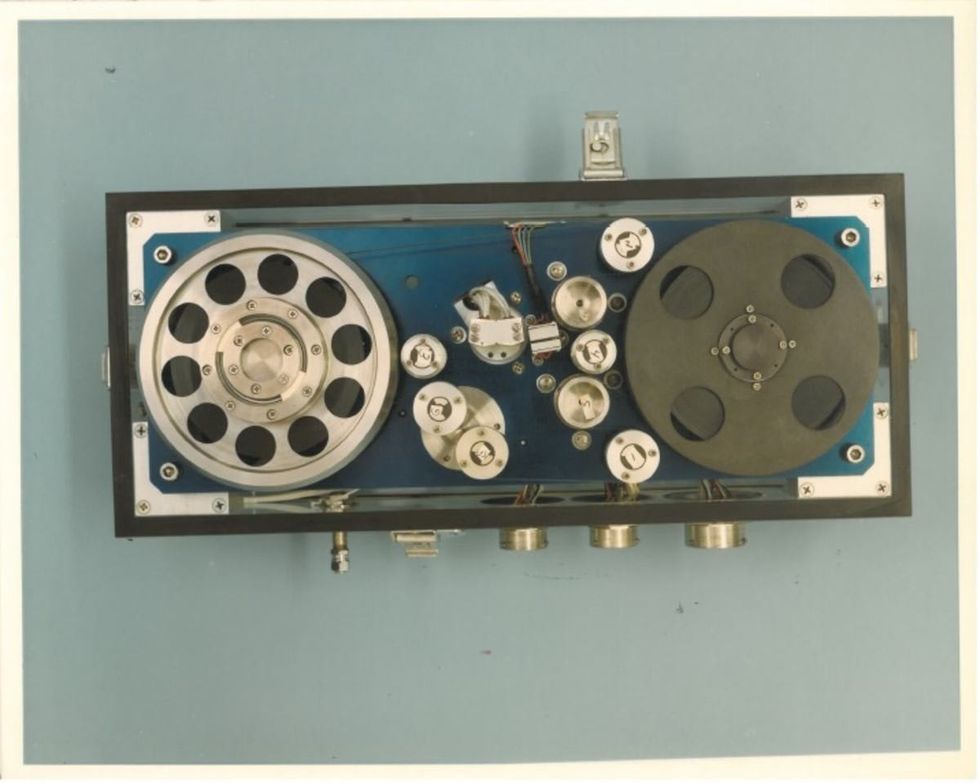
Now that the spacecraft is in good health once again, the engineers are fascinated at the prospects it offers in terms of deeper space exploration. “We never know for sure what’s going to happen with the Voyagers, but it constantly amazes me when they just keep going,” said Voyager Project Manager Suzanne Dodd, per CNN. “We’ve had many anomalies, and they are getting harder. But we’ve been fortunate so far to recover from them. And the mission keeps going. And younger engineers are coming onto the Voyager team and contributing their knowledge to keep the mission going.”


















 Music isn't just good for social bonding.Photo credit: Canva
Music isn't just good for social bonding.Photo credit: Canva Our genes may influence our love of music more than we realize.Photo credit: Canva
Our genes may influence our love of music more than we realize.Photo credit: Canva
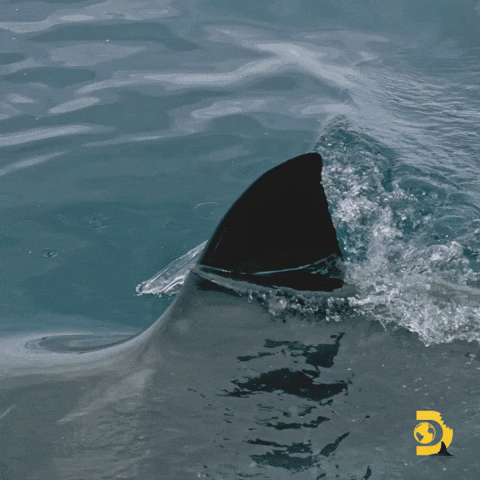 Great White Sharks GIF by Shark Week
Great White Sharks GIF by Shark Week

 Blue Ghost Mission 1 - Sunset Panorama GlowPhoto credit:
Blue Ghost Mission 1 - Sunset Panorama GlowPhoto credit: 
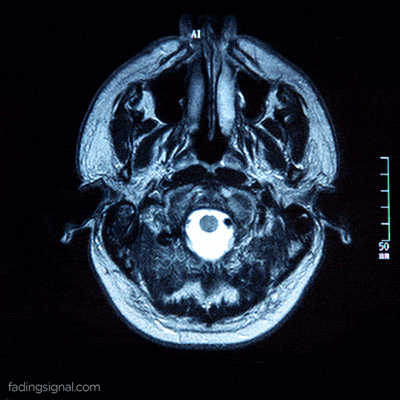 medical school brain GIF
medical school brain GIF woman leaning on man's shoulder
Photo by
woman leaning on man's shoulder
Photo by 
 Ripe bananas
Ripe bananas How we treat produce could be changing for the better.
How we treat produce could be changing for the better.
 The hole in the ozone layer in 2015.Photo credit: Wikimedia Commons
The hole in the ozone layer in 2015.Photo credit: Wikimedia Commons In the 1980s, CFCs found in products like aerosol spray cans were found to cause harm to our ozone layer.Photo credit: Canva
In the 1980s, CFCs found in products like aerosol spray cans were found to cause harm to our ozone layer.Photo credit: Canva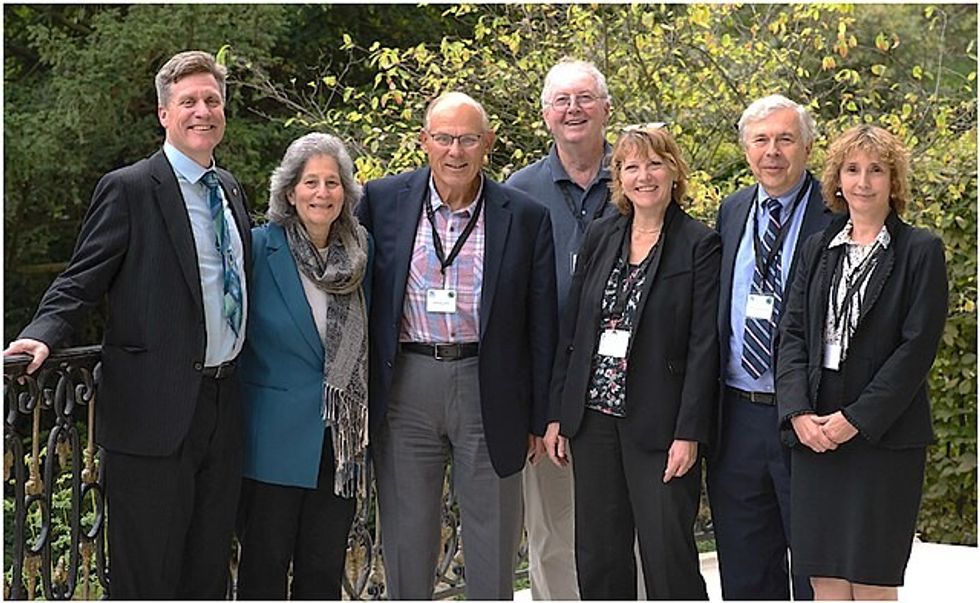 Group photo taken at the 30th Anniversary of the Montreal Protocol. From left to right: Paul Newman (NASA), Susan Solomon (MIT), Michael Kurylo (NASA), Richard Stolarski (John Hopkins University), Sophie Godin (CNRS/LATMOS), Guy Brasseur (MPI-M and NCAR), and Irina Petropavlovskikh (NOAA)Photo credit: Wikimedia Commons
Group photo taken at the 30th Anniversary of the Montreal Protocol. From left to right: Paul Newman (NASA), Susan Solomon (MIT), Michael Kurylo (NASA), Richard Stolarski (John Hopkins University), Sophie Godin (CNRS/LATMOS), Guy Brasseur (MPI-M and NCAR), and Irina Petropavlovskikh (NOAA)Photo credit: Wikimedia Commons